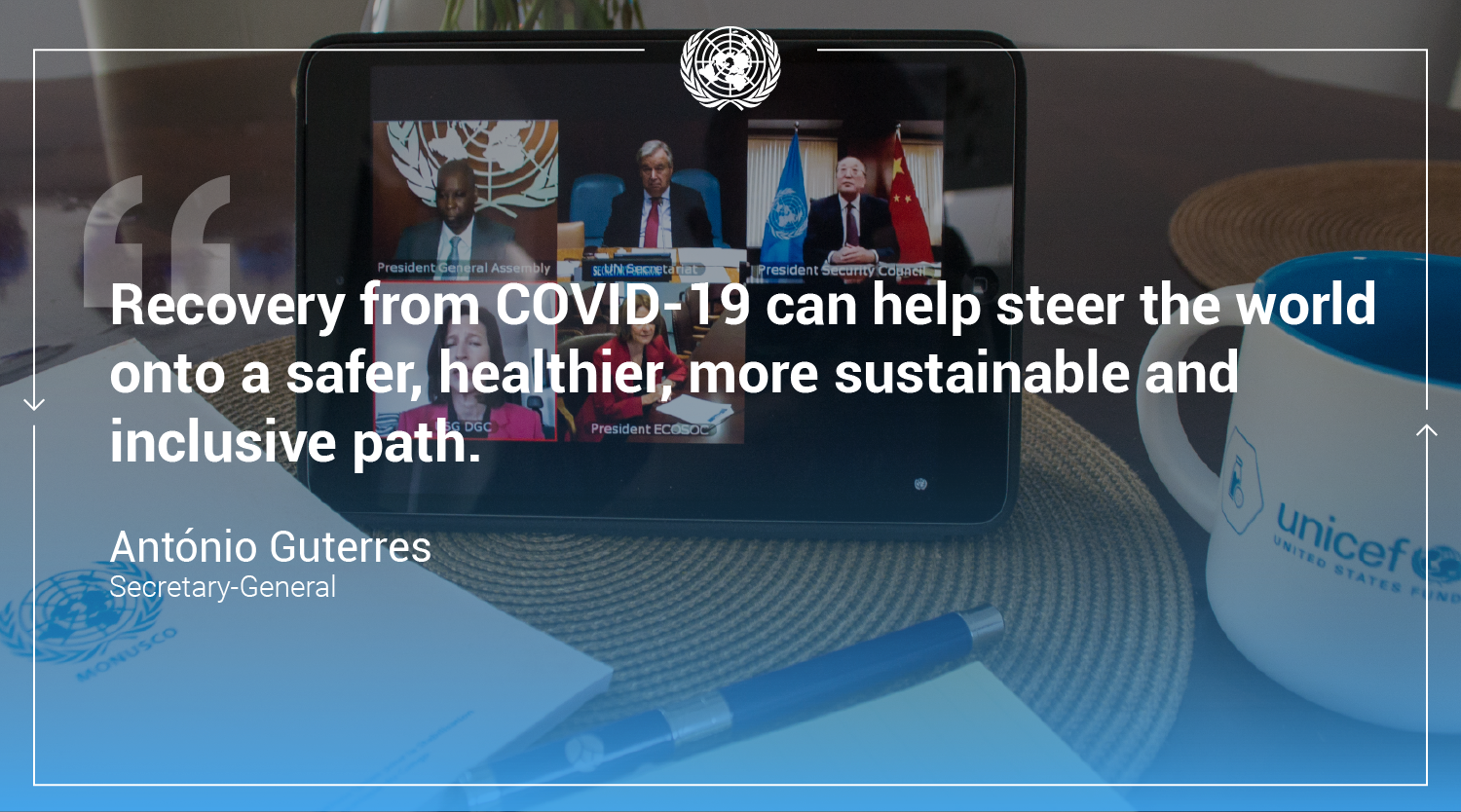On 26 June 2023 the Secretary-General signed the third iteration of the statement on internal control for all operations of the Secretariat for 2022.
- عربي
- 中文
- English
- Français
- Русский
- Español

Adapting to the pandemic and addressing unprecedented challenges is driving staff and leadership to act fast and drive change. Building on the new structures and processes that reform put in place, the United Nations is quickly adopting a more collaborative, agile, and less bureaucratic way of working, accelerating processes and dramatically increasing collaboration between departments and entities.
One key example comes in the development of guidance and updating of policies in direct response to the pandemic. Staff working in communications and translation, human resources and medical services have worked together around the clock, aided by new tools for collaboration and new clarity in division of roles and responsibilities, to develop and publish critical information in multiple languages in record time. The adoption of supply chain management as part of reform also helped ensure that peace operations were able to rapidly address shortages in personal protective equipment and ventilators and that the tools—including medical and aviation arrangements for medical evacuation—are in place to protect United Nations personnel so that the Organization can stay and deliver for the people who depend on its work.
The official UN website on COVID-19 was launched in a single day and a cross-departmental agile team was quickly pulled together to manage a streamlined end-to-end publication process, including review and translation.
"The new publication process sometimes happens in a matter of minutes. Also, the speed with which the translators work is amazing as they have a lot on their plates", stated Werner Schmidt, Coordination Officer in the Office of the Under-Secretary-General for Management Strategy, Policy and Compliance.
With the support of colleagues in information and communications technology, other new communication channels have been launched. “Live” events and virtual briefings are organized regularly to share key information and allow participants to comment and ask questions. Furthermore, in bringing internal and external participants together, including Member States, these events reflect the new transparent and collaborative approach to our work.
The management pillar is working together more closely than ever to ensure that both multilingualism and inclusion, key priorities for the United Nations, remain so even under the pressure of the COVID-19 crisis. Translators, revisers and text processors are working diligently, often completing translations in half the normal time. All content is also being made accessible for users with disabilities as called for in the United Nations Disability Inclusion Strategy.
“All of these departments have been really remarkable in many ways”, stated Helga Leifsdottir, the Chief of Knowledge Solutions and Design of the Department of Global Communications. “Sometimes crisis can bring out the best in people”, she added.
The United Nations is committed to making these new ways of working the norm going forward, while ensuring that staff can achieve work-life balance and maintain their mental health and well-being. As the Organization continues realizing the benefits of United Nations reform, it must continuously adapt its culture, behaviours and processes. This aspect of change often takes time and may be met by resistance. However, the foundation established by reform and the impact of the crisis, has given us a springboard upon which to accelerate much needed culture change. This will ensure the United Nations remains agile, nimble and effective in serving the people of the world, as well as supporting Member States, not only in implementing the SDGs, but in the COVID-19 response and recovery to build a healthier, more sustainable, and more equitable world.